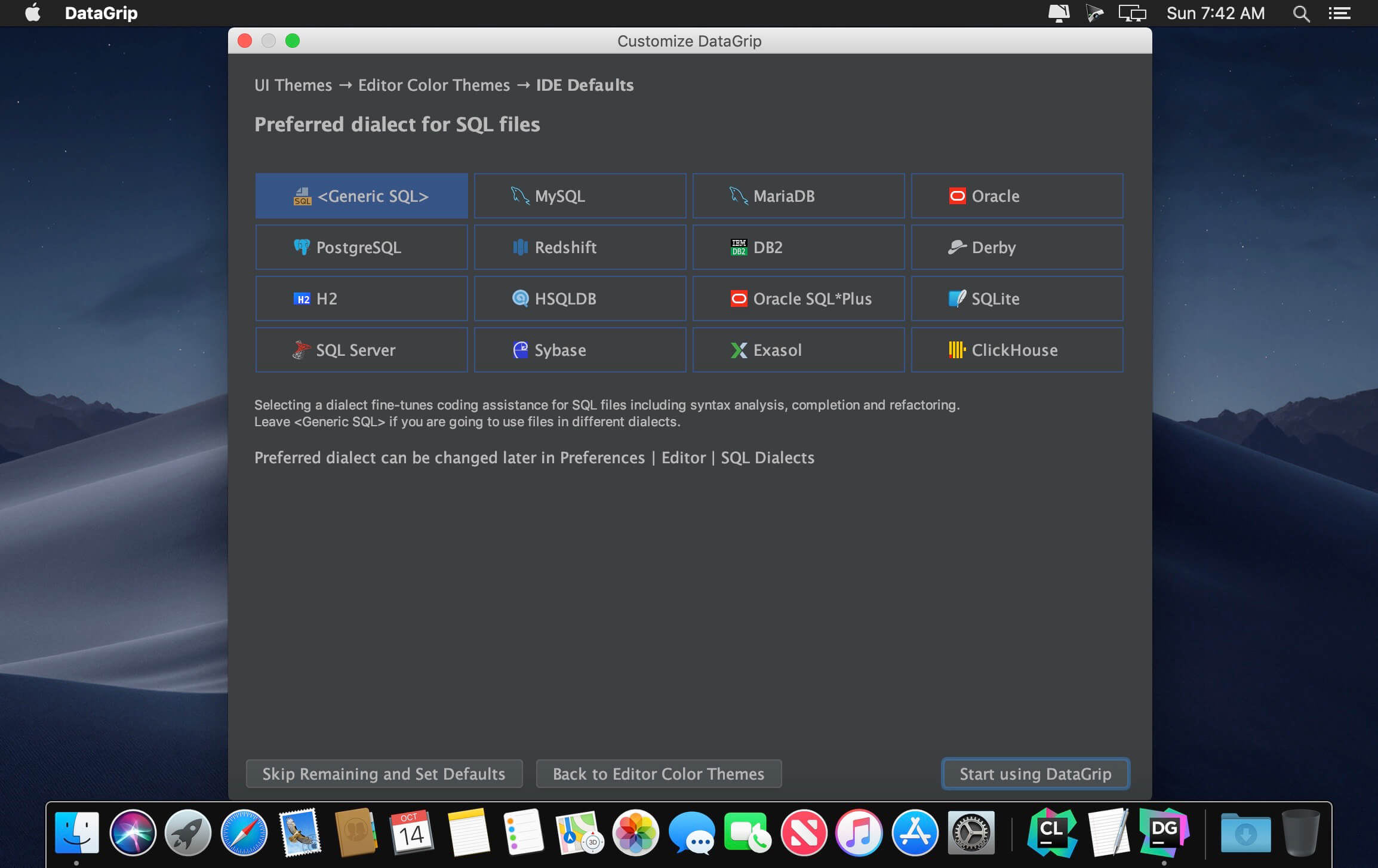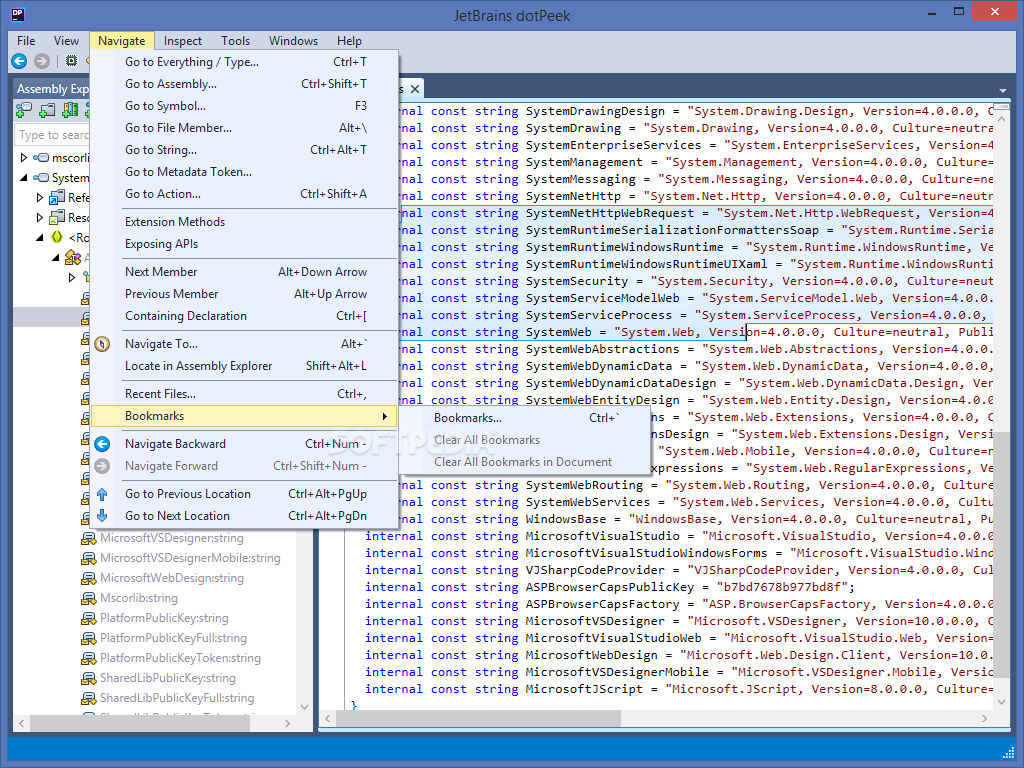
Use the and buttons to add and delete organizations or usernames. Alternatively, you can right-click any file (for example, in the Files tree or any open editor tab) and select Open in Terminal to open the Terminal tool window with a new session in the directory of that file. This will not set the default directory to a directory of this file. When the app is run using 'Run' option (button with the green triangle), then the output goes to the built-in Console, but when the app is run using the 'Debug' option, then an external console window is opened and all output goes to that window. By default, the terminal emulator runs with the current directory set to the root directory of the current project. Then, scroll down and enable the Generate. >or right-click any file (for example, in the Project tool window or any open tab) and select Open in Terminal: this will run the terminal in the directory of that file. Select the general settings page of Jetbrains Toolbox. You can also add your username to the list to access definitions created in your personal account. First open up the Jetbrains Toolbox’ settings by clicking the cog icon in the tool’s window.

User's organizations – Add the names of SwaggerHub organizations whose APIs and domains you want to access. Use the and buttons to add and delete headers. This may be needed in some SwaggerHub On-Premise network architectures, for example, if the server is located behind a secure proxy that requires specific headers. Im new to Ubuntu, so I actually downloaded it the similar way a file is downloaded in Windows, i.e., in the Downloads folder. May 27 at 8:10 Jos It says 'No such file or directory'. Instead of pressing Enter, which runs the command in the terminal, press Ctrl+Enter to open the corresponding GUI element. What happens if you enter /path/to/jetbrains-toolbox in a terminal Jos. Custom HTTP headers and values that will be passed along in network calls to the SwaggerHub server. Open the Log tab of the Git tool window from the terminal Type a supported command in the terminal and notice how it is highlighted.

ĪPI Key – Specify your SwaggerHub API key found at or at http(s)://YOUR_SERVER/settings/apiKey if you use SwaggerHub On-Premise.Īdditional headers – Optional.

SwaggerHub SaaS users should leave the default value. Click to open the settings:ĪPI endpoint root – If you use SwaggerHub On-Premise, change the value to http(s)://YOUR_SERVER/v1. Configure the plugin before starting using it.


 0 kommentar(er)
0 kommentar(er)
